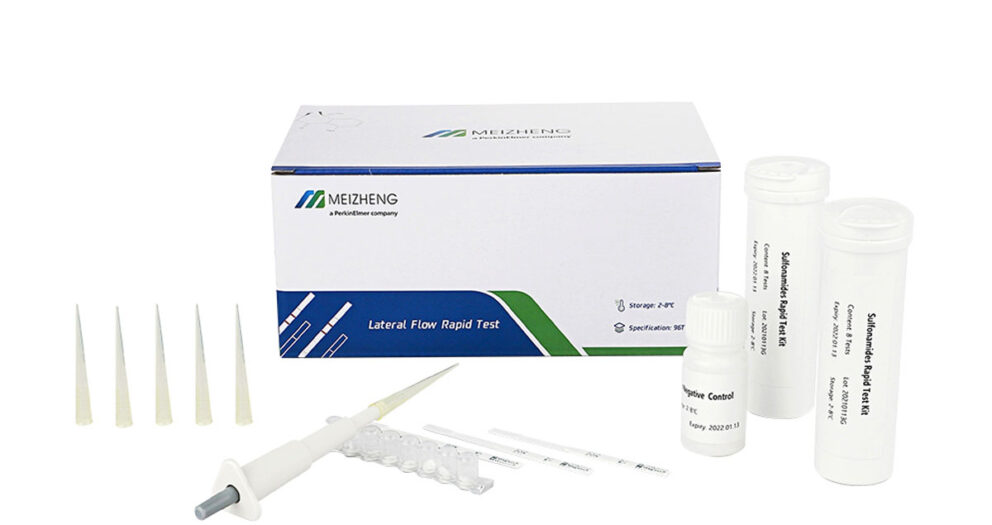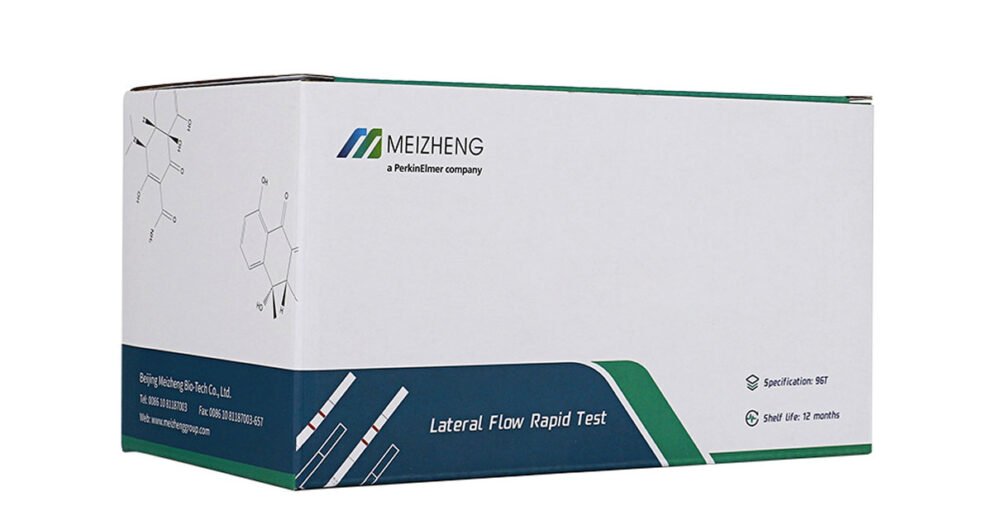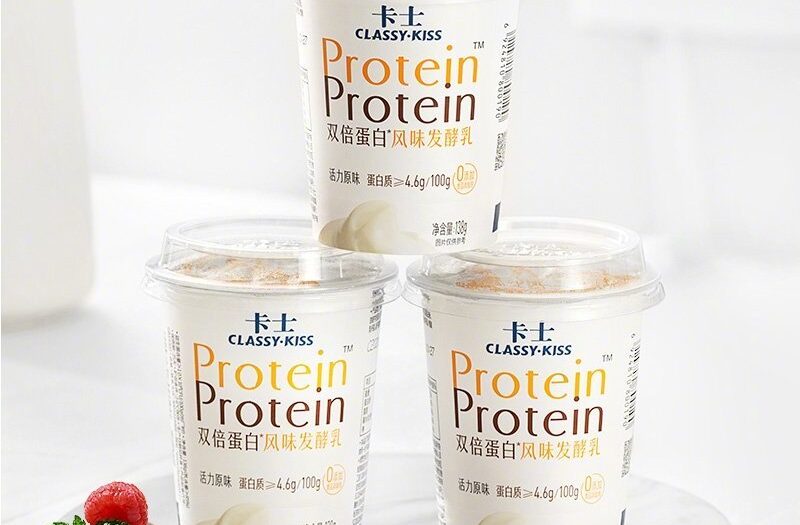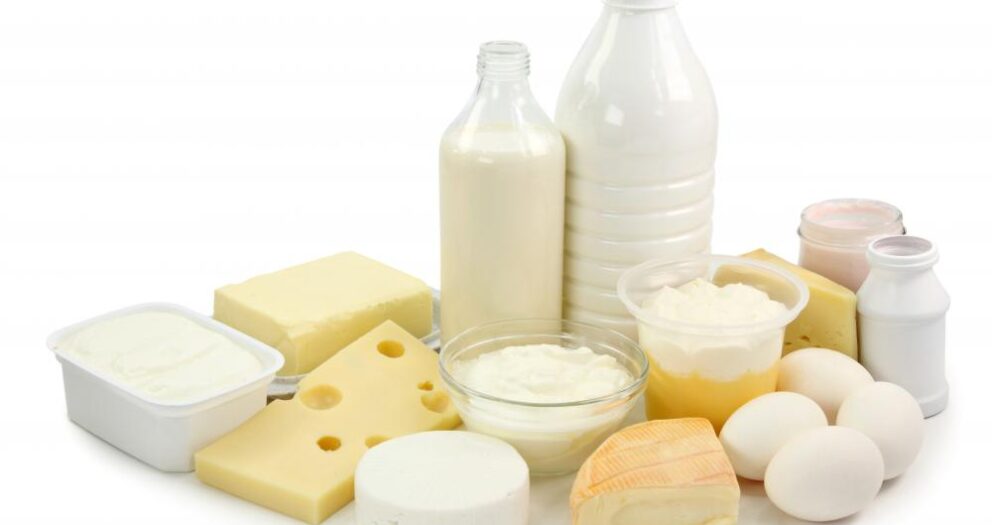In recent years, food safety and quality issues have attracted more and more attention. The food mentioned here is food in a broad sense, including primary agricultural products, such as grains, oilseeds, vegetables, aquatic products, livestock and poultry products, fruits, etc., as well as processed foods, such as canned food, ham sausage, edible Oil, instant noodles, pickles, condiments, etc. There are also more and more laboratories conducting food testing. In these laboratories, due to the different nature and testing items, there are different requirements for the purchase and selection of instruments in the process of laboratory preparation and development. This article analyzes the configuration of food testing laboratory instruments and equipment from different angles, for the reference of relevant personnel
Food companies and commercial third-party laboratories:
Enterprise Lab
The enterprise laboratory can be set up according to the variety of products produced, the number of testing items and the size of the production scale, and the configuration of laboratory equipment can also be complex or simple. For such a laboratory, the configuration of the instruments and equipment can meet the product quality inspection of the enterprise.
Food inspection can be divided into two categories, one is to test the quality of the product; the other is to test the hygiene of the product, which is relatively difficult and expensive to test.
(1) Quality items include: moisture, salt content, sugar content, protein content, fat content, fiber content, vitamin content, acidity, etc. For the detection of these items, if the funds are limited, chemical analysis can be used, and only the simplest oven, water bath, electric furnace, stirrer, pulverizer, pH meter and other equipment can be configured. If the funds are sufficient or there are many inspection batches, the corresponding inspection items have corresponding special instruments available for purchase. In addition, there are also some general-purpose instruments available for purchase, such as: UV/Vis spectrophotometer, near-infrared analyzer, automatic titrator, etc. The detection of vitamin A, E, etc. sometimes needs to be equipped with a fluorescence photometer. To detect nutrients, such as calcium, zinc, iron, etc., atomic absorption spectrometer-flame detector can be purchased.
(2) Hygiene items include: microorganisms, additives, harmful elements, pesticide residues, veterinary drug residues, toxins, etc. For general food enterprises, a microbiological testing laboratory should be built.
a) Microorganisms
The establishment of a microbiology laboratory should be arranged in accordance with the requirements of biological laboratory specifications. Necessary equipment includes clean bench, incubator, autoclave, electric furnace, etc. Other equipment is configured according to specific testing items. If you have less money, you can buy domestic products, and if you have more money, you can consider buying imported products. The prices of the two are quite different.
b) Additives and harmful elements
Some items can use chemical methods, such as nitrite, sulfur dioxide, heavy metal content, total arsenic, etc. However, in order to meet the current food hygiene requirements of the national standard, gas chromatography-hydrogen flame detectors, liquid chromatography-ultraviolet/visible light detectors should be purchased, such as general preservatives (benzoic acid, sorbic acid, etc.), sweeteners (sweet Vegetarian, sodium saccharin, etc.), pigments (tartrazine, carmine, etc.) can be detected. The purchase of atomic absorption spectrometer-graphite furnace detector can detect harmful elements such as lead, chromium, cadmium, copper, nickel, etc., and an atomic fluorescence spectrometer is also required to detect arsenic and mercury.
c) Residual pesticides
The detection of residual pesticides by gas chromatography is indispensable. To detect organochlorine pesticides, an electron capture ECD detector is required; to detect organophosphorus pesticides, a flame photometric FPD detector or a nitrogen-phosphorus NPD detector is required. Now there are more and more items of pesticide residue detection, in order to improve the versatility, it is recommended to configure a capillary column split/splitless inlet and install a capillary column. Compared with traditional packed column chromatographic column, capillary column has many analysis items and good resolution, which can reduce frequent replacement of chromatographic column and improve analysis efficiency. There are more and more pesticide residue items that need to be tested for products produced by export food processing enterprises. In order to control the quality of raw materials and products, gas chromatography-mass spectrometers can be configured. Generally, only the electron bombardment EI source needs to be configured, and if necessary, a negative chemical NCI source can be configured. Whether to choose quadrupole mass spectrometry or ion trap mass spectrometry, both instruments have their own advantages and disadvantages, depending on the specific work.
d) Residual veterinary drugs
If the detection of residual veterinary drugs is carried out, there are not many items and many batches, and an enzyme-linked immunoassay instrument can be considered. The use of ELISA also has some disadvantages. First, the kit is a long-term consumable. If the number of batches tested is small, the cost will be higher. Second, the specificity is not good, and there may be false positives. Third, if the test is performed in a relatively long period of time There are many testing items, and the cost is even higher than that of instrument analysis. For export food enterprises with a certain scale, in order to meet the current detection limit requirements of developed countries such as the European Union, the United States, and Japan, it is best to configure a liquid chromatography-tandem mass spectrometer. The first instrument is recommended to be equipped with a triple quadrupole mass spectrometer, which has high sensitivity and good reproducibility. The instrument does not have to pursue high configuration, just enough, but the sensitivity, stability, anti-pollution and other performance are better. It is best to buy a model with more users, and there is a user group that is similar to your own testing items. First of all, it means that there is no problem with the items to be tested by this model of instrument, and secondly, it is also convenient for future technical exchanges.
View more laboratory test.







